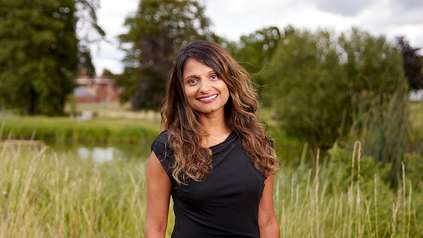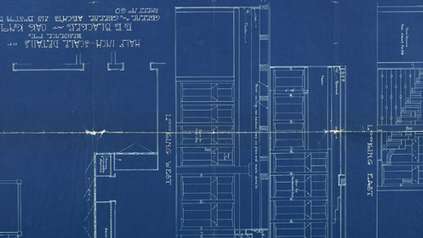New collaboration will uncover mutations in rare immune disorder
Listen to “New collaboration will uncover mutations in rare immune disorder” on Spreaker.
A new international research project will study early mutations in blood stem cells believed to drive several cancerous and non-cancerous conditions. The collaboration will focus on Langerhans Cell Histiocytosis (LCH), a rare immune cell disorder primarily affecting children.
By mapping mutation patterns, researchers hope to understand how and when the disease-causing changes occur, potentially leading to more precise and effective treatments that could be implemented earlier in the disease process.
Dr Jyoti Nangalia at the Wellcome Sanger Institute and Wellcome-MRC Stem Cell Institute will lead the work with collaborators from SKAN Research Trust (SKAN) Bengaluru, India, and University of Newcastle. Together, they will analyse the genetic changes in cells from LCH patients recruited from both the Tata Memorial Centre, India, and University of Newcastle, United Kingdom.
About 1 in 200,000 children have an immune disorder called Langerhans Cell Histiocytosis (LCH)1. This is characterised by the build up of immune cells called Langerhans cells in certain parts of the body, which can form tumours and lead to tissue damage. Symptoms vary widely, from isolated bone lesions to widespread involvement of multiple organs. This variability makes LCH challenging to diagnose and treat, often requiring repeated and disruptive treatments that significantly impact patients’ lives. It is not well understood why lesions appear in different parts of the body at different times.
The new collaboration will compare genetic mutations in blood stem cells and LCH lesions, with the Wellcome Sanger Institute sequencing around 1,400 cells from 8-30 individuals. This approach aims to pinpoint when disease-causing mutations first occur and how they evolve and spread within the body.
Researchers hope that with a better understanding the origin and development of the disease, their work could aid diagnosis and reveal new targets for earlier and more effective treatments for affected children.
“For patients with these disorders, it is tremendous that state-of-the-art approaches will be brought to bear on increasing our knowledge of how they arise. We are also very excited to extend the reach of research and training to new partners in other healthcare systems.”
Professor Matthew Collin, Newcastle University
“We are delighted to be partnering with the Sanger Institute and University of Newcastle in a project which gives us dual benefits: understanding the mutation of stem cells and an insight into LCH, an underfunded cancer. The research is expected to develop valuable clinical tests that will aid doctors understand what to expect of each patient.”
Ashok Soota, chairman of SKAN Research Trust
“These disorders are an enigma and they are likely to have a unique genomic origin. While we are aware that specific mutations are able to drive the disorders, we do not understand how such events result in a multitude of tissues being affected at different times in life, nor why clinical disease often follows distinct patterns across different patients. We hope that our genomics research at the Sanger Institute will shed light on the origin and trajectory of these diseases to help patients in the future.”
Dr Jyoti Nangalia, project lead at the Wellcome Sanger Institute and Wellcome-MRC Stem Cell Institute
More information
References:
- For more information on Langerhans Cell Histiocytosis, access: https://www.gosh.nhs.uk/conditions-and-treatments/conditions-we-treat/langerhans-cell-histiocytosis/
This was adapted from the SKAN Research Trust.
Funding:
This research is supported by Wellcome and SKAN Research Trust.




